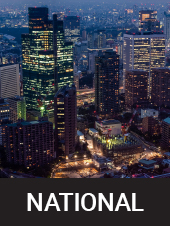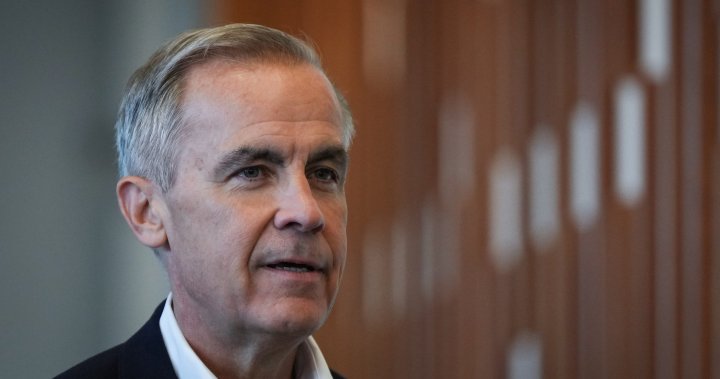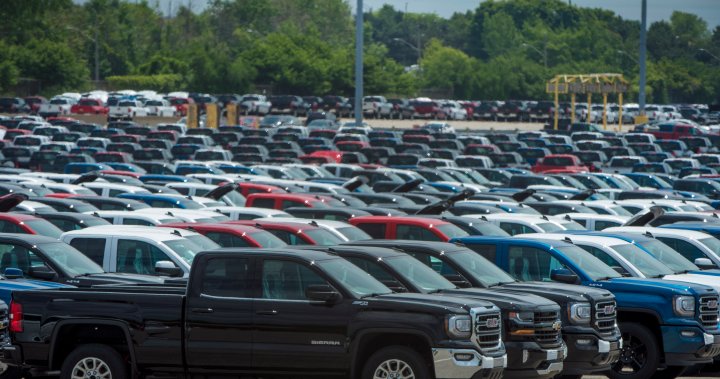Mark Carney will hold an event Thursday where he is expected to announce he’s running to replace Justin Trudeau as the leader of the Liberal Party and the next prime minister of Canada, according to Calgary Liberal MP George Chahal.
Chahal’s office said in a statement Wednesday that the MP will join Carney “for his much anticipated campaign launch in Edmonton” on Thursday.
In a letter to supporters inviting them to attend the event, Chahal the former central banker is “not a career politician” and that his background gives him “a unique perspective to best represent the interests of all Canadians.”
“In an era of global challenges, in a time of economic opportunity, Mark Carney has the experience required and the leadership skills needed to meet those challenges and take advantage of the opportunities,” Chahal’s email said.
Carney teased his potential leadership bid when he sat down with Jon Stewart on The Daily Show Monday night, where he talked about a range of issues including the future of the Liberal Party.
In the interview, he referred to himself as an “outsider” in the political realm. When asked what kind of leader could give the Liberals a chance at winning the next election, he said, “In a situation like this, you need change. You need to address the economy.”

Earlier this month, Global News reported that in the days following Trudeau’s announcement that he intends to resign, Carney has spent many hours on the phone with Liberal MPs seeking their advice and support for a run at the leadership of the federal Liberal Party, should that job come open in the coming days.

Get daily National news
Get the day’s top news, political, economic, and current affairs headlines, delivered to your inbox once a day.
Carney’s potential plunge into politics has been rumoured since the summer, when Trudeau acknowledged that he has been speaking with Carney “for years about getting him to join federal politics.”
An Ipsos poll conducted for Global News earlier this month found 17 per cent of Canadians reported a positive impression of Carney, with the same number saying they’d vote for the party if he was leader.
Born in Fort Smith, N.W.T., and raised in Edmonton, Carney earned an undergraduate economics degree from Harvard University and followed that up with master’s and doctoral degrees from Oxford University.
Most Canadians were first introduced to Carney as the governor of the Bank of Canada. He was appointed by Conservative Prime Minister Stephen Harper and replaced David Dodge in the role in 2008 — right before the global financial crisis.
Carney received widespread acclaim for steering Canadian monetary policy and the wider economy through the financial firestorm. That performance led him to take on the same role at the Bank of England from 2013 to 2020, becoming the first non-Brit to lead the institution.
While much of his career has been in the private sector and central banking, Carney did have a three-year stint in Canada’s Department of Finance, serving as senior associate deputy minister during the tenures of two finance ministers: Liberal Ralph Goodale and Conservative Jim Flaherty.
Last year, Trudeau tapped Carney as chair of a Liberal Party task force advising the party leader on economic growth.
Can he be PM without being an MP?
Whoever is elected leader of the Liberal Party of Canada will be Canada’s next prime minister, at least until a successor is elected. But can Carney, who is not a member of the House of Commons, be prime minister?
Experts say he can. Speaking to Global News earlier this month, Nelson Wiseman, professor emeritus of political science at the University of Toronto, said, “The prime minister does not have to be an MP. John Turner was not an MP.”
Turner was Canada’s 17th prime minister and while he had been elected as an MP in previous elections, he was not one when he became prime minister in 1984, a tenure that lasted just 11 weeks before he was defeated in a federal election.
This is because under Canada’s Westminster parliamentary system, Canadians do not actually vote for prime ministers the way Americans vote for presidents. Instead, the leader of the party that forms government is who becomes the prime minister.
For example, NDP Leader Jagmeet Singh was elected as that party’s leader without being elected as an MP first.
In those kinds of situations, the convention is that the party leader will seek election at the next available opportunity to stand for election.
—with files from Global’s Craig Lord and David Akin
© 2025 Global News, a division of Corus Entertainment Inc.



